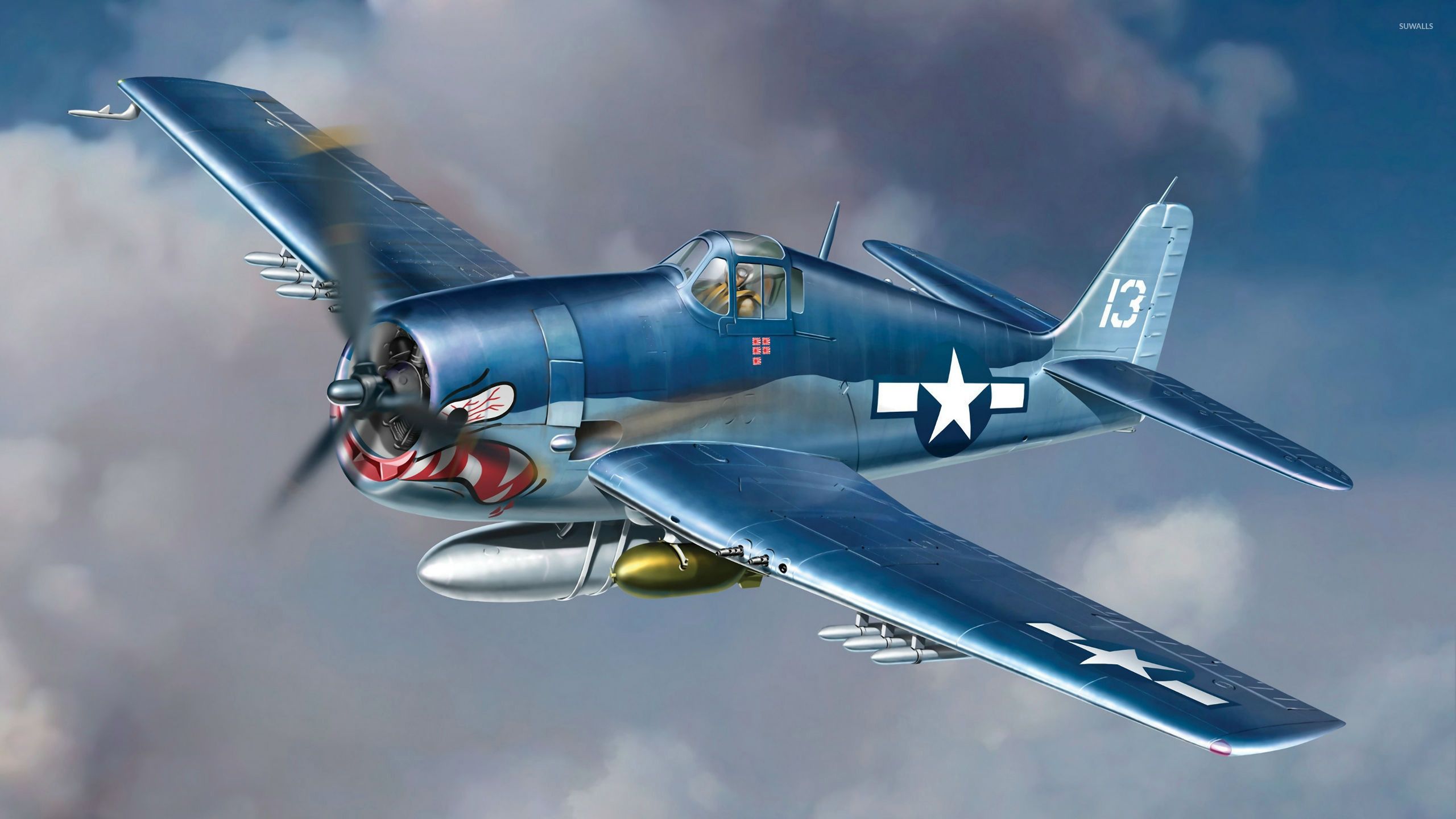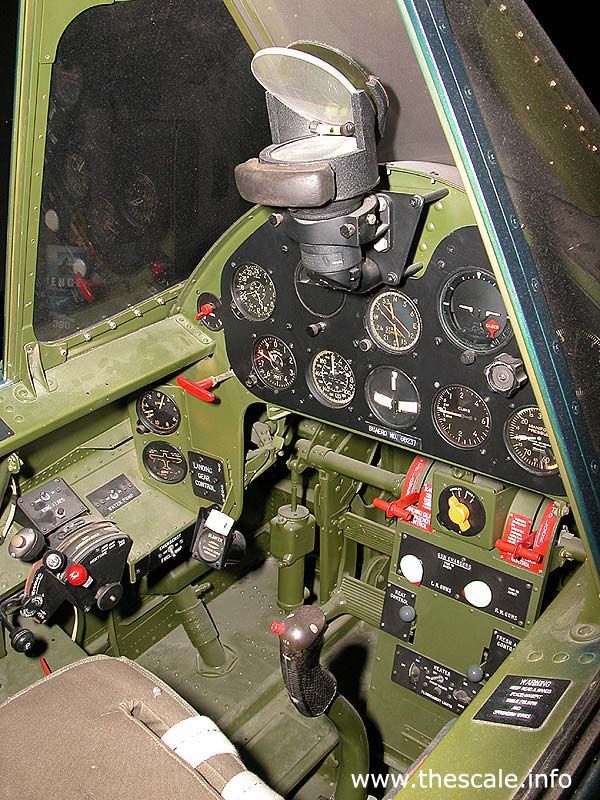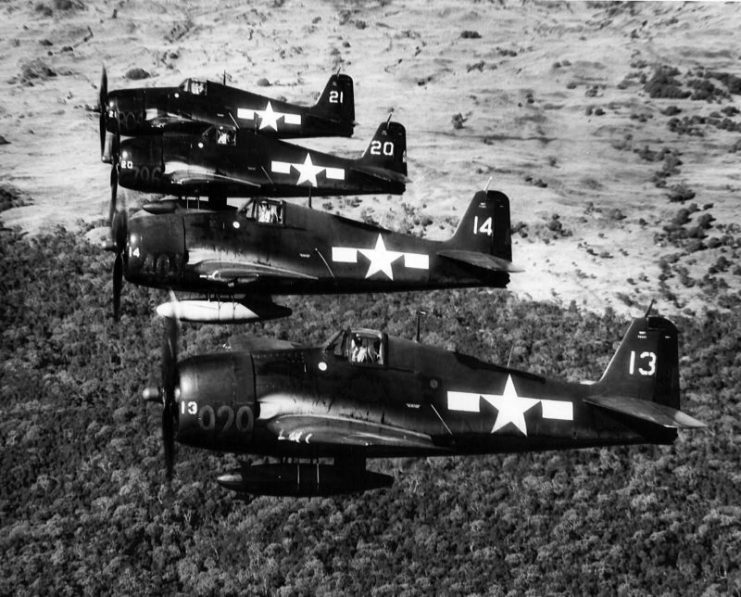5 Facts Hellcat Fighter

Introduction to the Hellcat Fighter

The Grumman F6F Hellcat is one of the most iconic fighter aircraft of World War II, known for its exceptional performance, durability, and combat record. Developed by the Grumman Aircraft Engineering Corporation, the Hellcat played a crucial role in the Allied victory, particularly in the Pacific Theater. Here are five fascinating facts about the Hellcat fighter that highlight its significance and capabilities.
Design and Development

The Hellcat was designed as a replacement for the F4F Wildcat, with the goal of creating a more powerful, faster, and maneuverable aircraft. The development process was marked by significant improvements, including a more efficient airframe, a powerful Pratt & Whitney R-2800 radial engine, and a new three-bladed propeller. These advancements enabled the Hellcat to achieve speeds of over 380 mph and climb rates of up to 4,500 feet per minute.
Combat Record and Tactics

The Hellcat’s combat record is impressive, with a claimed 5,271 enemy aircraft destroyed for the loss of 270 Hellcats. This remarkable ratio of 19:1 is a testament to the aircraft’s effectiveness and the skill of its pilots. Hellcat pilots employed innovative tactics, such as the “Thach Weave,” to outmaneuver and engage enemy aircraft. This tactic, developed by Lieutenant Commander John S. Thach, involved two Hellcats flying in tandem, weaving in and out of each other’s path to provide mutual cover and confuse enemy pilots.
Armament and Firepower

The Hellcat was equipped with six.50-caliber M2 Browning machine guns, which provided significant firepower against enemy aircraft. Additionally, the Hellcat could carry up to 4,000 pounds of external ordnance, including rockets, bombs, and fuel tanks. This versatility made the Hellcat an effective ground-attack aircraft, capable of delivering heavy ordnance against enemy targets.
Service History and Variants

The Hellcat saw extensive service with the United States Navy and Marine Corps, as well as the Royal Navy’s Fleet Air Arm. Several variants of the Hellcat were produced, including the F6F-3, F6F-5, and F6F-5N night fighter. The Hellcat remained in service until the end of World War II, with some aircraft being retired as late as 1954. The following table summarizes the key variants of the Hellcat:
| Variant | Description |
|---|---|
| F6F-3 | Initial production variant, powered by a Pratt & Whitney R-2800-10 engine |
| F6F-5 | Improved variant, featuring a more powerful R-2800-10W engine and enhanced avionics |
| F6F-5N | Night fighter variant, equipped with radar and a second crew member |

Legacy and Impact

The Hellcat’s legacy extends beyond its impressive combat record, as it played a significant role in shaping the development of future fighter aircraft. The Hellcat’s design and performance influenced the creation of post-war fighters, such as the F9F Panther and F7U Cutlass. Additionally, the Hellcat’s durability and maintainability set a new standard for naval aircraft, with many Hellcats accumulating over 1,000 hours of flight time without major repairs.
🚀 Note: The Hellcat's exceptional performance and combat record have made it a beloved and respected aircraft among aviation enthusiasts and historians.
In summary, the Grumman F6F Hellcat is an iconic fighter aircraft that played a crucial role in the Allied victory in World War II. Its impressive combat record, innovative design, and lasting legacy have cemented its place in aviation history. The Hellcat’s impact on the development of future fighter aircraft and its enduring popularity among enthusiasts are a testament to its significance and importance.
What was the primary role of the Hellcat fighter in World War II?

+
The primary role of the Hellcat fighter was as a carrier-based fighter aircraft, tasked with providing air defense and air superiority for the United States Navy and Marine Corps.
How many Hellcat variants were produced during World War II?

+
Several variants of the Hellcat were produced, including the F6F-3, F6F-5, and F6F-5N night fighter.
What was the Hellcat’s claimed enemy aircraft destruction ratio?

+
The Hellcat’s claimed enemy aircraft destruction ratio was 19:1, with 5,271 enemy aircraft destroyed for the loss of 270 Hellcats.



